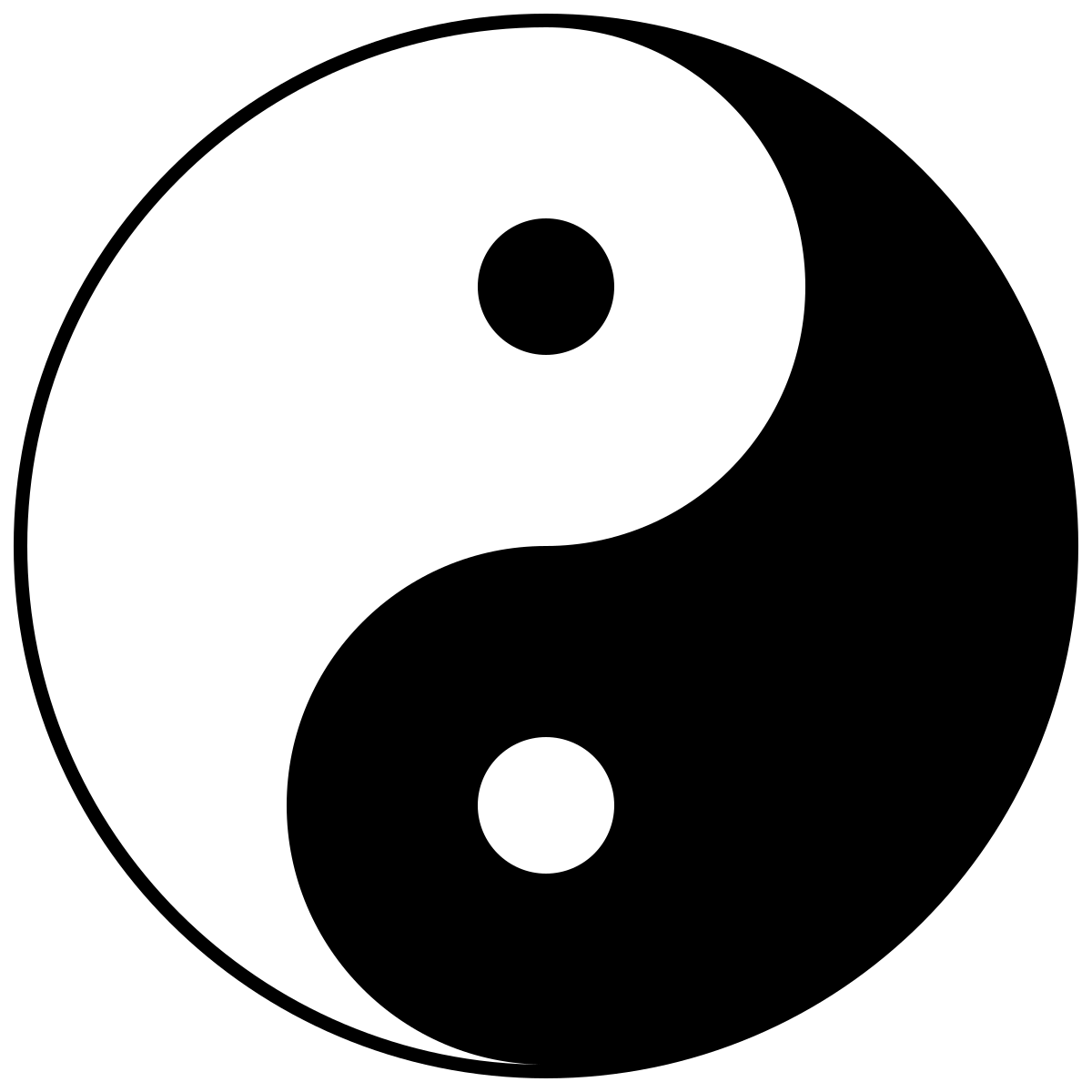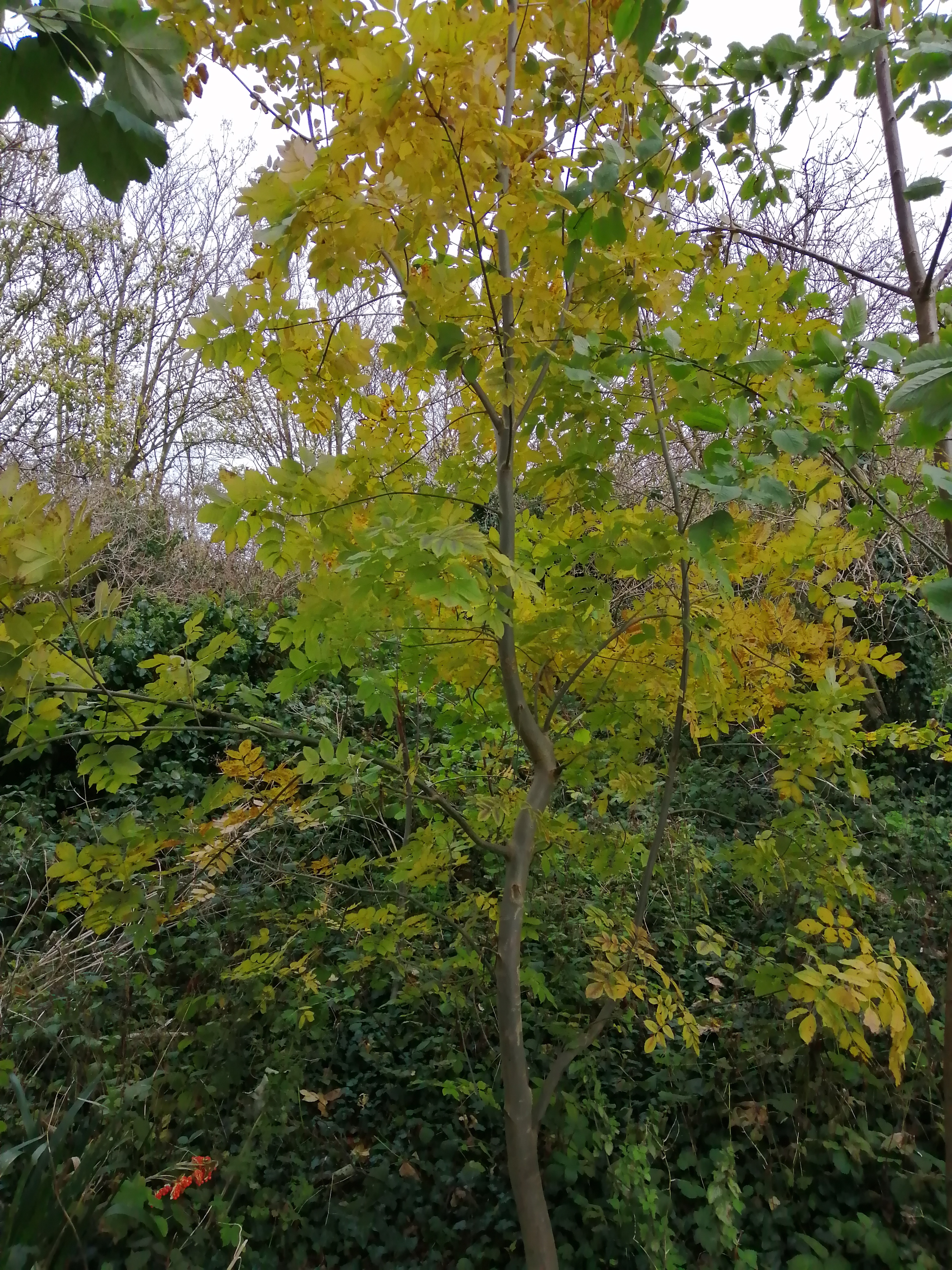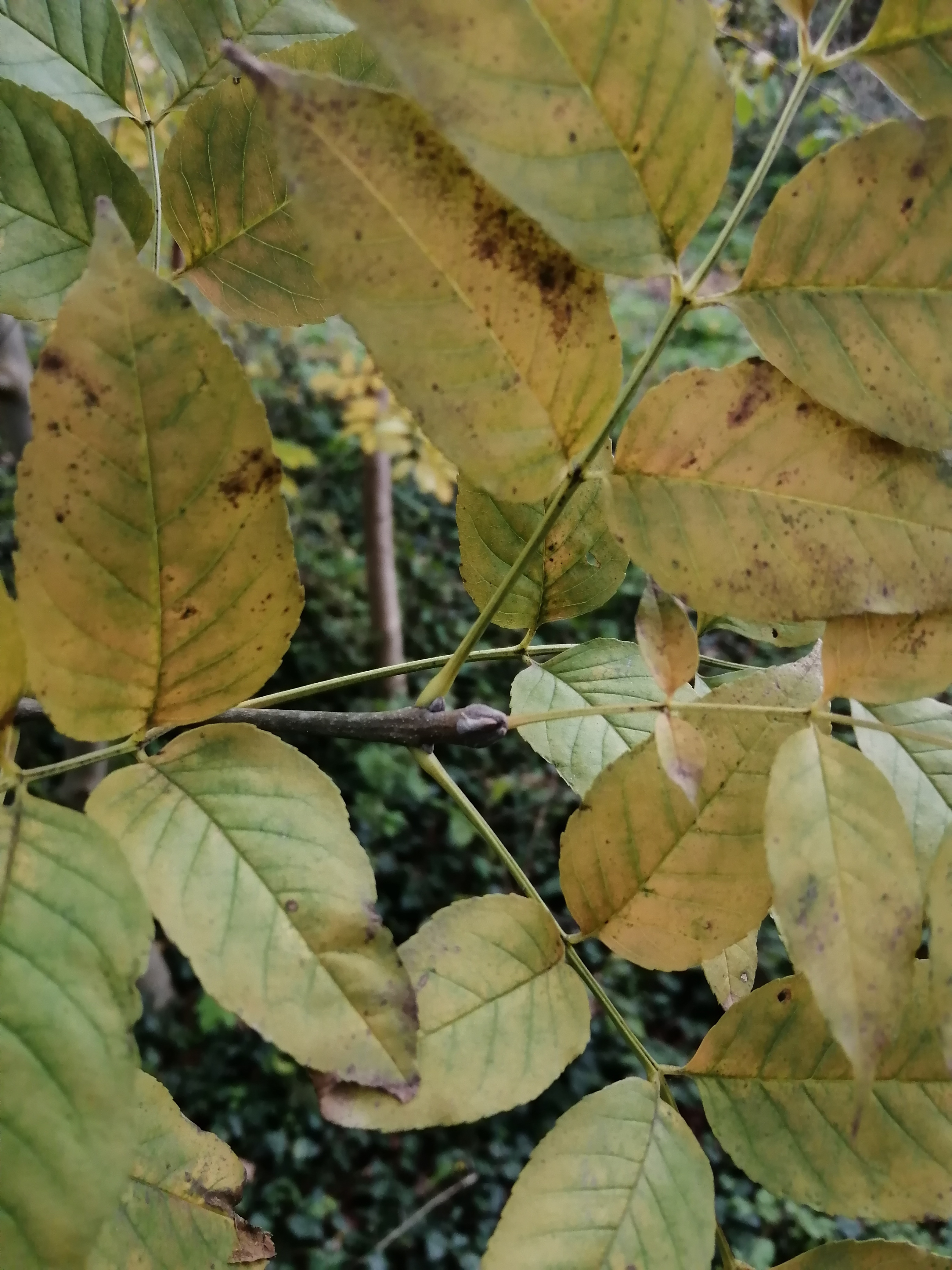As I work my way through the Ogham alphabet, few (letter) by few, I’ll be working with some of the associations of each few – primarily trees but also birds and deities/heroes.
The Beithe few is normally associated with the Pheasant but I do not know where I might reliably find Pheasants on the Isle of Thanet, where this journey is taking place. I’m also not using this bird because it is not a native to Britain and although generally ‘farmed’ outside of the farmyard in the open countryside it is still essentially an artificially raised bird bred for shooting.
My first thought for a suitable replacement was the Blackbird. The primary properties of the Beithe few are new beginnings, cleansing and protection. The male Blackbird is one of our most recognisable birds so it can certainly be seen as the beginning of the hobby of birdwatching. Its colour is pure, clean black and its well-known alarm calls are commonly used to protect its young.
Out in the field watching, however, made me realise that this is also a good time of year to watch other members of the Thrush family as our familiar Song and Mistle Thrushes are joined (during the winter months) by the Redwing and Fieldfare.
There are other notable members of this family, especially the Robin, but I didn’t want to extend this to birds that look and feed distinctly differently to the Blackbird.
So our five chosen Thrushes are most often seen in areas with fruit berry-baring trees, especially the Hawthorn (Whitethorn) and searching through the leaf litter during our cold winter months. They are seen less in their familiar surroundings of gardens and parks. Like many birds, they seek protein rich diets when raising young but have to switch to fruit and seeds in the winter months.
The Redwing (with its distinctive orangey-red flanks) and the Fieldfare visit the UK each winter, mostly from Scandinavian countries. They are joined by a number of migratory Blackbirds, notably, instead of having the usual bright orange bill they having a much darker one.
All these birds tend to be quite nervous this time of year, perhaps conscious that they are quite exposed in the bare treetops. In my experience they fly from tree to tree to escape approaching humans – you’re lucky if you can get within 10 metres of them, so binoculars are required if you want to watch them.
I think, particularly with the Blackbird, it is like our familiar friendly garden birds have “gone wild” and the same bird that may dive under the garden fork to grab worms when you’re digging your garden will be much more aloof when encountered in the countryside in the winter.
I’ve always had a bit of a soft-spot for Blackbirds and Thrushes. The beautiful songs of the Song Thrush and Blackbird (which can be distinguished by the former repeating each phrase two to four times and the latter never repeating) fill the heart with joy in Spring and early Summer. The Mistle Thrush smashing open snail shells on your garden path is another familiar sight and sound – though becoming much less familiar as Thrush populations are being wiped-out by excessive use of slug/snail poisons in our gardens.
Although these birds are common across Northern Europe, to me, there’s something distinctly British about them in my opinion (though I would guess that people in other counties might have similar nationalistic feelings about these birds). All in all, I’m very pleased with my choice of the Blackbird and its close cousins as my bird for the first letter of the Ogham alphabet – B – Beithe.









